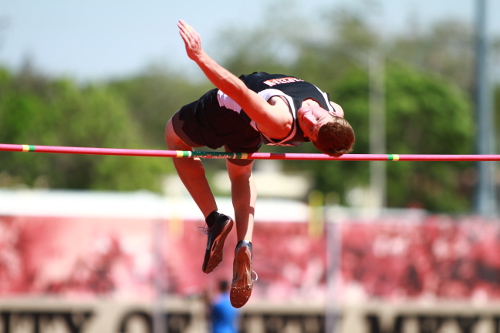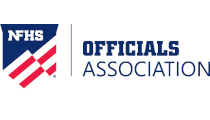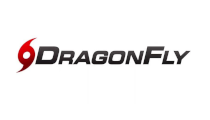
In track and field, the field events are often the first events of a meet and set the tone for the entire meet. Having the competition area ready prior to the arrival of competitors and coaches will let the schools know that the officials are organized and prepared. This establishes that the officials for this meet will be professional and sets a positive tone for all upcoming events. I will focus on the high jump for this article, but the concepts are valid for most all field events.
The judge should take the time to remove all debris from the jumping sector prior to the arrival of the athletes. This includes removing all tape markings that have been left from previous competitions and practices. The landing pad(s) also need to be set prior to the athlete’s arrival. After ensuring the minimum distance of 50 feet (as set by the NFHS Rule Book) for the approach is met; the entire approach area needs to be swept.
Next, the Judge needs to mark the location of the standards. Using athletic tape to outline the base of the standards can easily accomplish this. Using the tape outline allows the judge to easily set the uprights to their original locations if the standards are displaced by a jumper. Since the judge is also responsible for covering any hard and unyielding surface that extends out from beneath the sides and back of the pad(s), take time to inspect this area. As a reminder, if covering is needed, the minimum padding for this is 2-inch dense foam or the equivalent.
The high jump judge should be present at the competition site for the opening of practices and/or warm-ups and be available to answer any questions that may come up during this time. It is a good habit to remind the competitors what the Games Committee has authorized for marking material, the number of marks and the location of those marks. At the designated time for the athlete’s official check-in, have the athletes meet you near the front of the pit. This will obviously close the pit for more practices without creating any other possible issues or concerns. During the check-in, announce the starting height of the first jump and as the participants answer the role call, each will be able to determine the height he/she will start at.
Once the athlete states that height, repeat the height loud enough for all competitors to hear. This also creates a double check with the athlete for accuracy. Unless this is the first meet of the year, there is no need to go through all the rules of high jumping, since this is the responsibility of the coaches, but asking if there are any questions regarding the rules is helpful.
As the competition starts, always stand in the same location (or designate an assistant judge to do so) in which it is easy to view the bar and the possible violation of crossing the plane of the crossbar. As you announce the first competitor, start your stopwatch to monitor the one minute time limit that the jumper has to initiate their trial. As the bar rises, the judge needs to be aware of any athlete that has passed three consecutive heights. That athlete is permitted one warm-up jump without the crossbar in place at the height in which he/she enters the competition.
Upon the completion of the event, remove the high jump crossbar from the area, but the landing pad(s) may remain for those that would like to work on the approaches and jumps. It is nice gesture to announce the order of finish to those spectators that are still present. As a reminder, announce these as “unofficial results” until the finish judge and recorder have declared the results official.
The goal for the high jump Judge is to provide a positive and enjoyable experience for all competitors. At this time, join the other officials in helping with other events, or just enjoy watching other events knowing that you have helped the entire meet start professionally and smoothly.
Rus Schreckenghost
Rus Schreckenghost, is an associate director for the Alaska School Activities Association, has been involved with track and field for 46 years as an athlete, coach and official. He officiates at the youth, middle school and high school levels. He is also the meet referee for the Special Olympics Alaska Track and Field Summer Games.
Most Recent Articles
- nfhs news NFHS Learning Center Delivers 25 Millionth Course
- Track & Field/Cross Country article Effective Communication with Athletes and Coaches
- nfhs news Player Equipment Changes Highlight 2025 High School Football Rules Revisions
- Player Equipment Changes Highlight 2025 High School Football Rules Revisions
- nfhs news Judgment Call on Second Contact Eliminated in High School Volleyball






